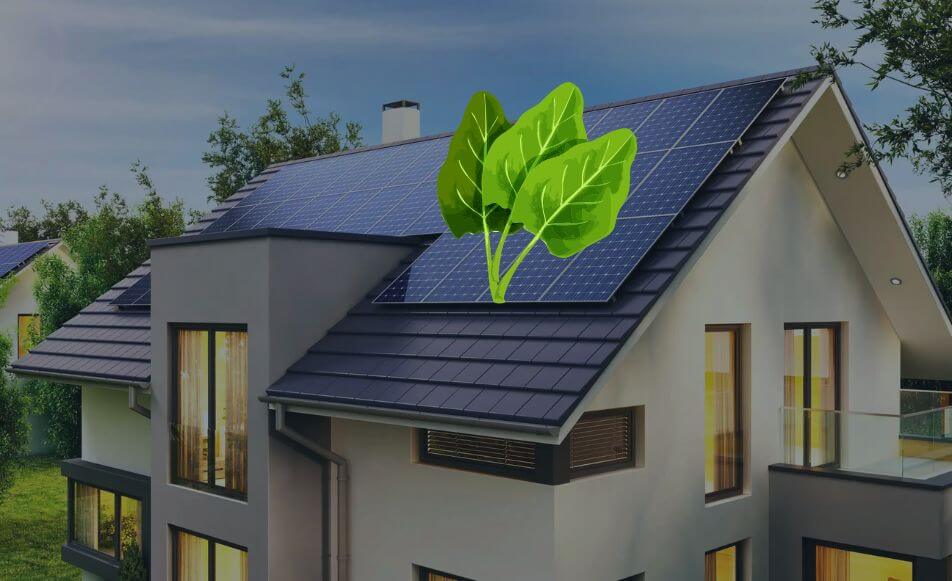environmentally
Energy for a sustainable and environmentally friendly society.
Maecenas finibus ligula vel pharetra scelerisque duis semper ex in erat mattis dapibus nunc sem eros dapibus quis faucibus eget vestibulum quis magna.
Save your money
Maecenas finibus ligula vel pharetra scelerisque duis semper ex in erat.
Certified Engineers
Maecenas finibus ligula vel pharetra scelerisque duis semper ex in erat.
Consultation & Planning
Maecenas finibus ligula vel pharetra scelerisque duis semper ex in erat.
Best Energy company and award
benefit from almost 20 years of experience.
How It work
Our company makes it easy for you to work on your project
Lorem ipsum dolor sit amet, consectetur adipiscing elit. Pellentesque sit amet iaculis diam.
find the best location
Lorem ipsum dolor sit amet consectetur adipiscing elit sit amet iaculis diam duis pretium eu.
estimate cost for the project
Lorem ipsum dolor sit amet consectetur adipiscing elit sit amet iaculis diam duis pretium eu.
Project Work Execution
Lorem ipsum dolor sit amet consectetur adipiscing elit sit amet iaculis diam duis pretium eu.
Launch prototype project
Lorem ipsum dolor sit amet consectetur adipiscing elit sit amet iaculis diam duis pretium eu.
What to Expect
Learn about the installation process
Get informed about the installation process for our solar panels.
1. Solar Engineer's Survey
In depth technical solar survey carried out by a professional solar qualified engineer.
2. Personalized Solar System
Detailed design and specification of the solar system suited to your needs.
2. Scaffolding installation planning
Scaffolding erected (if required) at a time and date agreeable with yourselves.
4. Installation & Construction
Installation (usually completed within 1-2 days) site permitting. All testing and commissioning. Monitoring platform built. Start generating electricity.
5. Scaffold Erection
Once you are happy with the installation the scaffolding will be arranged to be struck.
6. Paperwork handover
- MCS
- Electrical certificate
- Building control notification
- Insurance backed by 'HIES'
- DNO notification (if required)
Let's start project & Check Our price
Area’s Nearby Wivenhoe We Cover
Interesting Facts About Wivenhoe
History of Wivenhoe
Wivenhoe is recorded in the Domesday Book of 1086 as Wiivnhou in the hundred of Lexden, when it formed part of the land of Robert Gernon, where there was a mill, 12 acres (4.9 ha) of meadow and pasture for 60 sheep. The church of St. Mary the Virgin is in the High Street and existed by 1254 when Simon Battle was the patron. The North and South aisles were built in 1340 and 1350, making it the oldest building still standing in Wivenhoe. It has a chancel with north and south chapels and a north vestry, an aisled and clerestoried nave with north and south porches, and a west tower on which there is an open-sided cupola added to the roof by 1734. The walls are of rubble, which includes some Roman tile, with ashlar dressings. Elizabeth de Vere (d. 1537), widow of John, 13th earl of Oxford, left Wivenhoe church the vestments and ornaments from her private chapel. The tower was plastered in 1563.
Wivenhoe developed as a port and until the late 19th century was effectively a port for Colchester, as large ships were unable to navigate any further up the River Colne, which widens here into its estuary. Wivenhoe had two prosperous shipyards. It became an important port for trade for Colchester and developed shipbuilding, commerce and fishing industries. The period of greatest prosperity for the town came with the arrival of the railway in 1863.
General Info
Wivenhoe is a town and civil parish in the Colchester district, in north-eastern Essex, England, approximately 3 miles (5 km) south-east of Colchester. Historically Wivenhoe village, on the banks of the River Colne, and Wivenhoe Cross, on the higher ground to the north, were two separate settlements; however, with considerable development in the 19th century, the two have since merged.
At the 2011 census, the town had a population of 7,637, compared with 7,221 in 2001.
The town’s history centres on fishing, ship building and smuggling.


